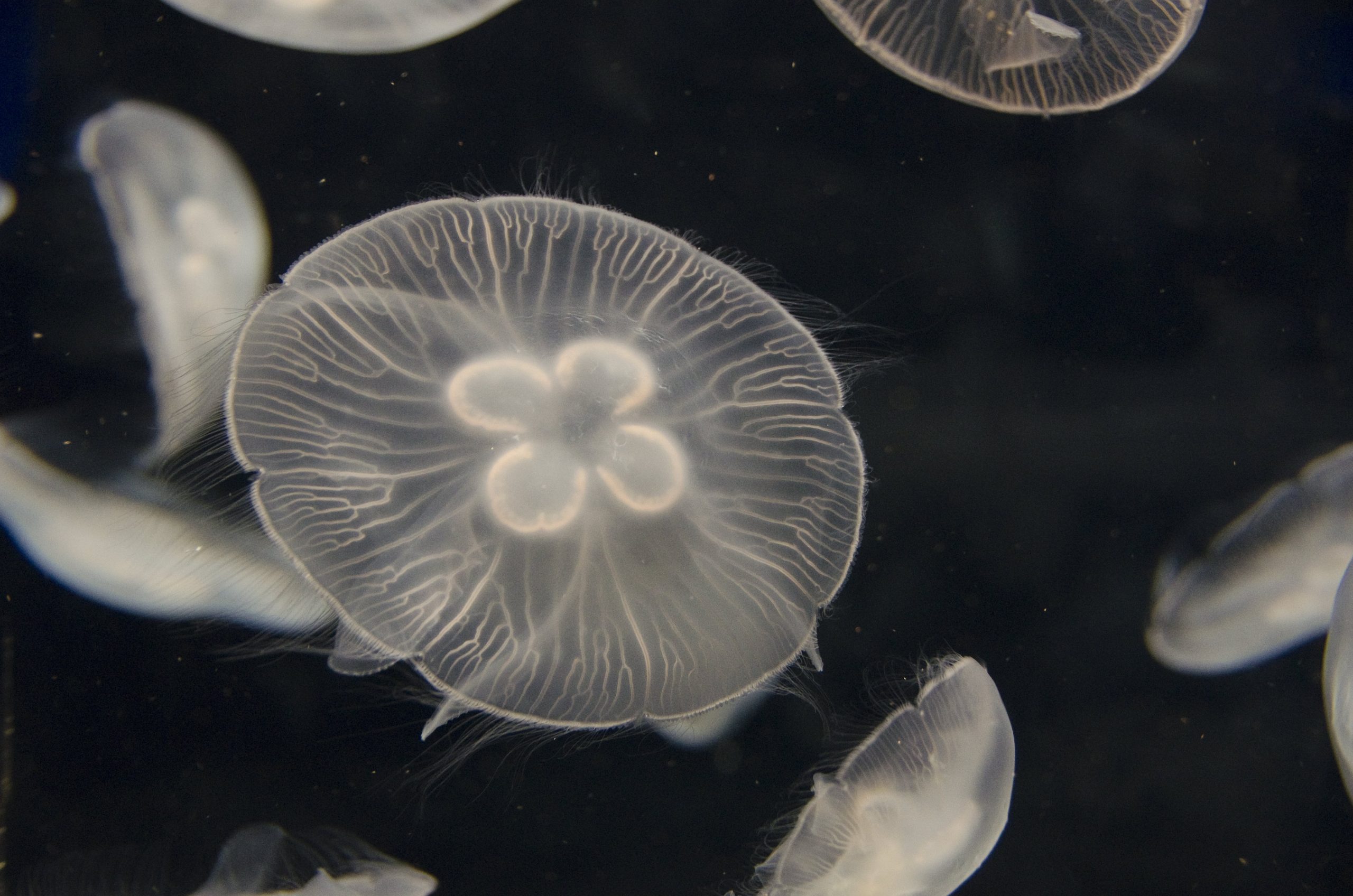Jellyfish come in many varieties, some with stings that can be dangerous or even lethal. Some examples include the Physalia utriculus (bluebottle) in the Pacific and Portuguese man o’ war (man of war) on the Atlantic coast.
Jellyfish stings are usually not painful or disabling, but they can cause pain, redness and itching. It’s essential to be prepared for any type of sting and know what first aid measures should be taken.
Most people with jellyfish stings do not require medical assistance. However, those who experience an intense allergic reaction to the venom may require immediate medical care and must also be monitored for signs of life-threatening reactions such as heart attack or respiratory distress.
If you observe someone having a severe reaction, call triple zero immediately and request an ambulance or lifeguard. Maintain their vital signs, consciousness and pulse until they arrive at the hospital.
Rinse the area with vinegar or use a commercial spray if available, and carefully pluck any visible tentacles. Submerge in warm water (not scalding), between 110 to 113 F (43 to 45 C), for 20 minutes or until pain subsides or disappears.
Use ice packs or cold running water, along with over-the-counter pain relief and antihistamines, for itching and swelling. Finally, if you have an open sore or welt, clean the skin regularly and apply antibiotic ointment.
Do not rub the sting site, as this can increase the release of more venom. Rubbing also makes the rash worse and increases your likelihood for developing an infection.
If the sting from a box jellyfish has left you with an allergic reaction, seek medical assistance immediately. Depending on the location and severity of the reaction, you may require cardiopulmonary resuscitation, oxygen therapy and medication called antivenom.
If you have an allergy to jellyfish, it’s essential that you wear an adrenaline injection pen and other medication your doctor has prescribed. This is especially pertinent if planning a beach vacation.
According to researchers at the University of Hawaii and NUI Galway, the first aid for a lion’s mane sting is similar to other jellyfish types. Soaking in hot water is recommended; however, if this isn’t possible, immerse the sting in warm water with temperatures ranging from 104-113 F (40-45 C).
Another common first aid remedy for lion’s mane stings is to shave down the area where they occurred. Studies have demonstrated that areas where shaved were less painful than those without.
In addition to shaving, rinse the area with vinegar or a commercial spray and manually remove any tentacles that have become visible using tweezers. Finally, soak the stung area in warm water at 113 degF (45 degC) for 40 minutes or until pain subsides.
These methods may reduce the pain and swelling caused by a sting, but they won’t treat the infection that can follow. You should see a physician immediately – preferably one who specializes in treating jellyfish stings and other marine injuries.

